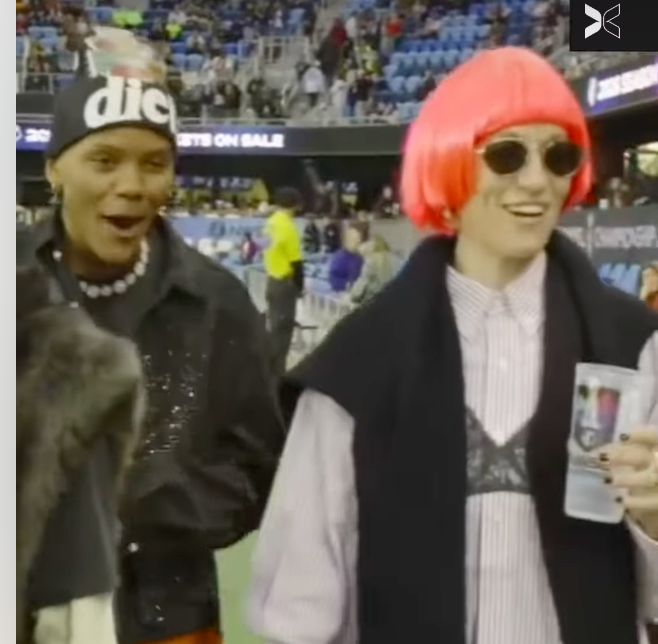Most catalog creative and marketing departments spend oodles of time working on their front cover—the design, what products are shown, teaser copy, and so on. They polish it until it shines, and they hang images of it on their walls.
Meanwhile, the back cover is treated as—quite literally—an afterthought.
But if you could watch your customers through a hidden camera, you’d be surprised how many of them actually open their catalog from the back first, instead of the front.
It’s been estimated that between 30% and 50% of your customers actually open and start paging through from the back, looking at the front cover a number of seconds after they’ve started exploring that inside back spread.
And think about this: it’s estimated that the back cover has up to four times the selling power as an inside page.
Wow. Looks like it’s time to put more thought into that back cover.
Formulas Can Provide Guidance
While I’m not much for calculations—after all, I’m a creative type—I do have some handy formulas that at least give me structure when thinking about how to develop a winning back cover.
First: work with the merchants and marketers to pick some killer product—bestsellers, and possibly a new product that has some heritage based on history to confirm its likelihood of success.
Second: Choose three products and make one the hero with at least 50% larger in emphasis and scale than the second one.
Third: Make sure there are at least two to three price points among those products so a customer can see a range of prices.
Fourth: Consider the nature of the products have diversity. So, for example, a catalog of shoes, handbags and accessories, should have one of each. A garden-oriented catalog might have an exciting new seed, a popular favorite in a completely different category, and a tool or guide, or even a fountain, if that was part of the merchandise mix.
Now, a customer who doesn’t know the catalog well <I>does</I learn about products in three different categories, and in many price points. It’s almost becoming an abbreviated table of contents.
But that’s not all—there are a few more pieces to this formula…
Fifth: Write a headline that states in a benefit-oriented way what makes the catalog the place to shop—but phrase it with YOU rather than WE. “Your beautiful garden is just a free phone call away.” “Don’t you deserve the comfort of our luxurious spa products?” “You’ll never be less than 100% satisfied with our White Glove Service.” This headline can also be about the main product if you can tie it together with the voice and concept of your catalog.
Sixth: The offer, of course. Don’t forget that the offer belongs on the back cover, as well as on the front.
Seventh: Try personalized messages side by side with the addressing personalization. Setting it off to the left, it’s going to add very little to the cost, and you can direct them to products in the same category as they purchased in last time, or inform them of a retail store opening near them.
Eighth: This is perhaps the most important of all. Include your URL, your phone number and an indication of your guarantee. In the case of your guarantee and the offer, you can simply tease them into page 2 to read the details.
In addition, see if you can put a teaser or two for products inside in completely different categories. They don’t need photos, but it is nice to have well-written teasers. For example, instead of “Premium Screwdrivers, page xx,” you’d say, “A pleasure to hold and use: our Premium Screwdrivers. See page xx.”
You’ve Developed Your Own Paper Salesman.
Making a back cover work this hard takes a little extra time, but the payoff can be huge. You’ll see sales increase deep inside your book if that’s where your teasers lead. And you’ll see extra performance from the products you feature on this back cover if they’re truly strong for you.
Consider doing testing different back covers in prospecting and customer catalogs, since one formula may work better for returning customers than for bringing in newbies, and vice versa.
So watch your back, and watch your sales improve…and enjoy the payoff for all your hard work on that powerhouse back cover.
Carol Worthington-Levy is creative partner at Lenser.



